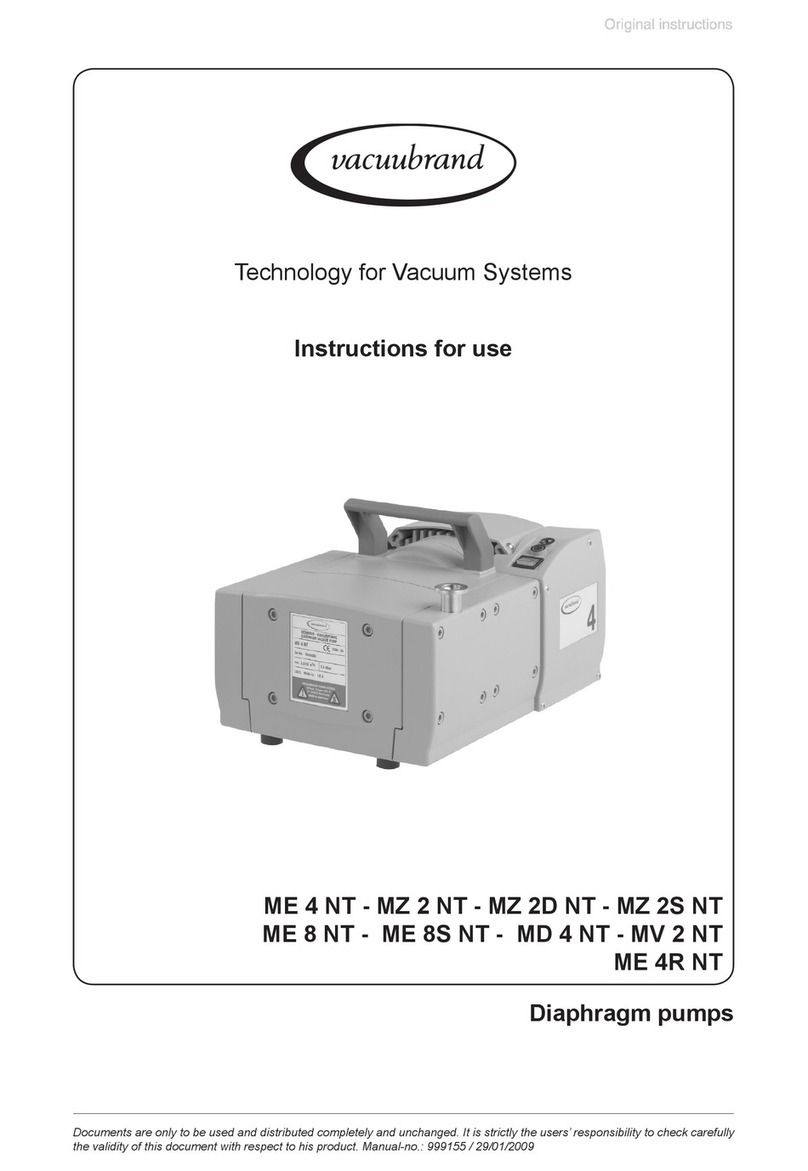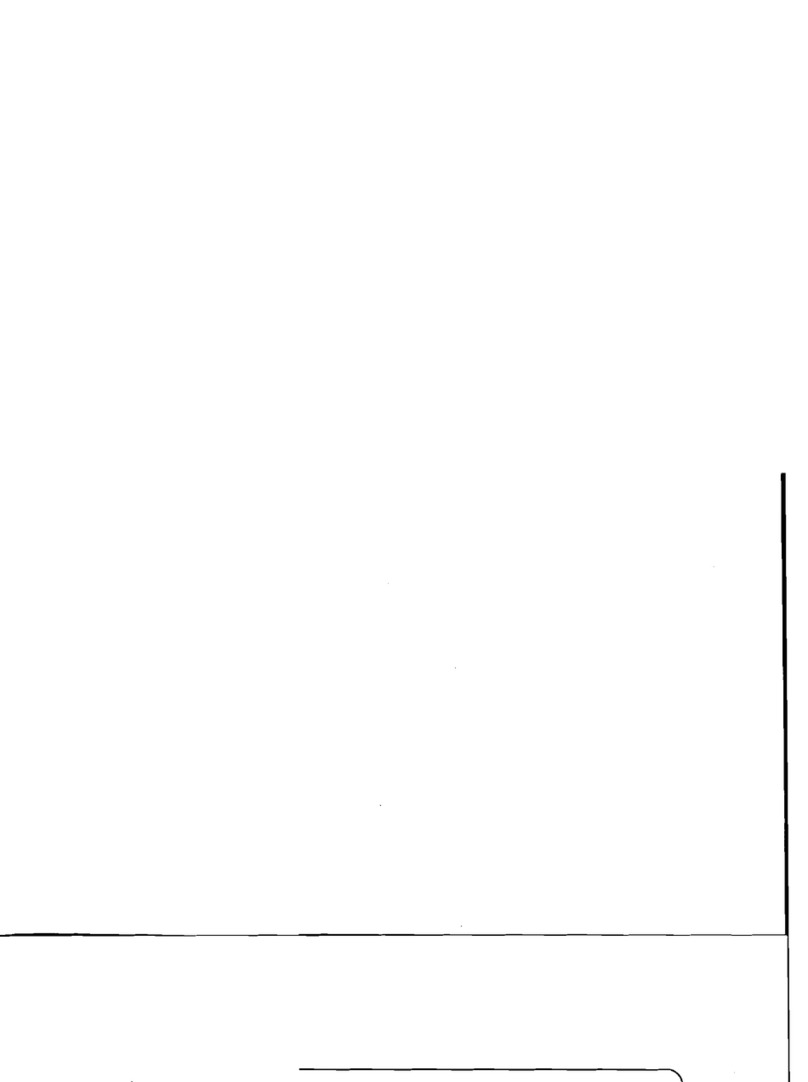
page 4 of 51
Documents are only to be used and distributed completely and unchanged. It is strictly the users´ responsibility to check carefully
the validity of this document with respect to his product. manual-no.: 999073 / 15/12/2009
Safety information!
Remove all packing material, remove the product from its packing-box, remove the
protective covers from the inlet and outlet ports and keep, inspect the equipment.
If the equipment is damaged, notify the supplier and the carrier in writing within three
days; state the item number of the product together with the order number and the
supplier’s invoice number. Retain all packing material for inspection.
Do not use the equipment if it is damaged.
If the equipment is not used immediately, replace the protective covers. Store the
equipment in suitable conditions.
☞Read and comply with this manual before installing or operating the equipment.
☞Transport the pump at the provided handles.
Use the equipment for the intended use only, i.e. for generation and measurement
of vacuum in vessels designed for that purpose.
☞Prevent any part of the human body from coming in contact with the vacuum.
☞Comply with notes on correct vacuum and electrical connections, see section ”Use
and operation”.
☞Make sure that the individual components are only connected, combined and op-
erated according to their design and as indicated in the instructions for use.
Comply with national safety regulations and safety requirements concerning the
use of vacuum and electrical equipment.
☞The mains switch for the controller and the pump is at the rear side of the control-
ler.
☞After switching off the pump, wait at least 60 sec.before next switching it on again.
☞Due to the high leakage current (up to 3,5 mA), a too low rated fault-current circuit
breaker may be activated, especially if several pumps are operated parallelly.
Attention: Make sure that a ground wire connection is established before the
equipment is connected to mains supply!
➨The pumping units MD 8C VARIO, MV 10C VARIO, PC 2008 VARIO, PC 2010 and
PC 2012 VARIO are devices with double-pole cutoff and a symmetric capacitive
circuit.
☞If the leakage current is obtained by measuring the equivalent leakage current
(according to VDE 0701, September 2000, section 5.7), the measured value may
be divided by a factor of 2 in case the device is equipped with a double-pole cutoff
and a symmetric capacitive circuit.
☞The shock currents according to EN 61010 are below the limit of 3,5 mA.
☞Equipment must be connected only to a suitable fused and protected electrical
supply and a suitable earth point. Failure to connect the motor to ground may
result in deadly electrical shock.
☞The supply cable may be fitted with a moulded European IEC plug or a plug suit-
able for your local electrical supply. If the plug has been removed or has to be
removed, the cable will contain wires colour coded as follows: green or green and
yellow: earth; blue or white: neutral; brown or black: live.
☞Check that mains voltage and current conform with the equipment (see rating plate).
☞If the equipment is brought from cold environment into a room for operation, allow
the equipment to warm up (pay attention to water condensation on cold surfaces).
☞Pay attention to the max. permitted ambient temperature and make sure ventila-
tion is adequate.
☞Check fan (underside the pump) regularly for dust/dirt. Clean if necessary.
Comply with all relevant safety requirements (regulations and guidelines) and adopt
suitable safety measures.



































